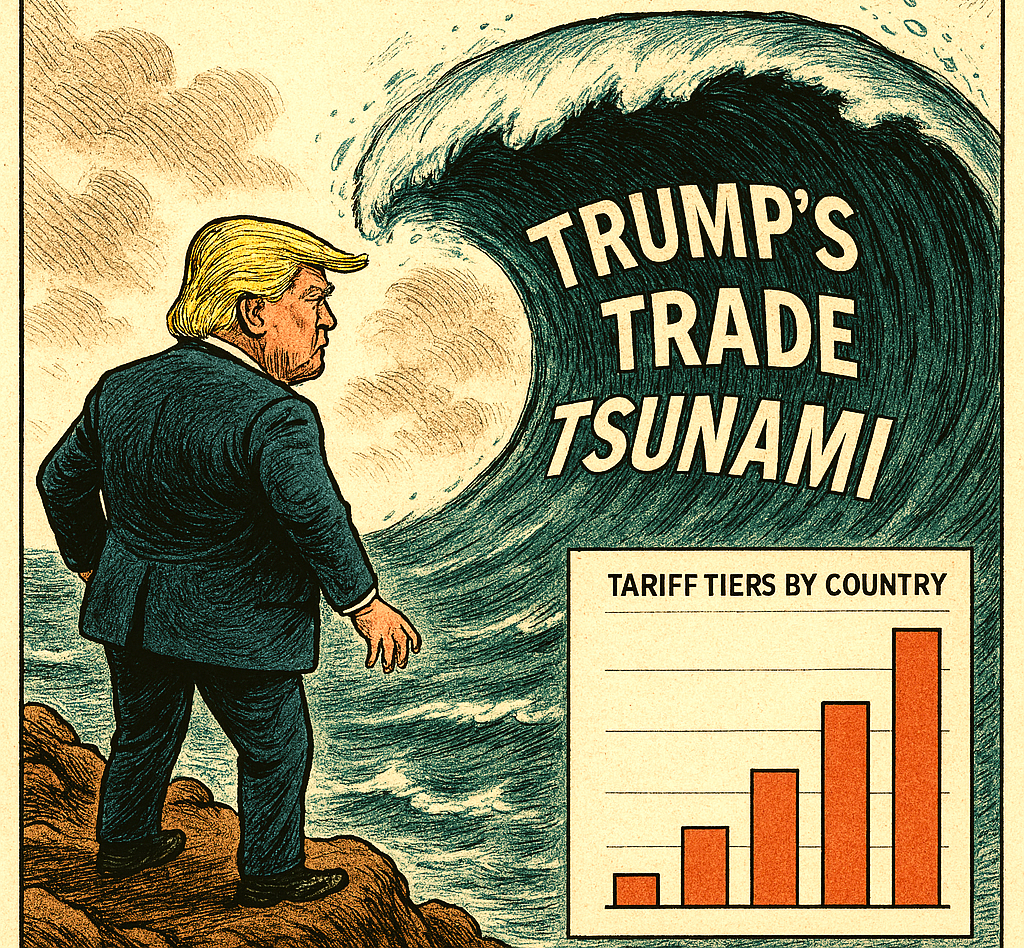China’s recent export restrictions on rare earth elements are sending shockwaves through multiple industries worldwide.
As the curbs continue to take effect, sectors reliant on these critical minerals—including automotive, defence, and clean energy—are beginning to feel the strain.
China controls about 60–70% of global rare earth production and nearly 90% of the refining capacity.
Even when rare earths are mined elsewhere, they’re often sent to China for processing, since few countries have the infrastructure or environmental tolerance to handle the complex and polluting refining process.
In April 2025, China introduced export controls on seven key rare earth elements and permanent magnets, citing national interests and responding to rising trade tensions—particularly with the U.S.
Automotive industry in crisis
The auto sector is among the hardest hit. Rare earth elements are essential for both combustion engines and electric vehicles, particularly in the production of magnets used in motors and batteries.
European auto suppliers have already reported production shutdowns due to dwindling inventories.
Germany’s car industry, a global powerhouse, has reportedly warned that further disruptions could bring manufacturing to a standstill.
Japan’s Nissan and Suzuki have also expressed concerns, with Suzuki reportedly halting production of its Swift model due to shortages.
Defence and technology sectors at risk
China’s dominance in rare earth refining, controlling nearly 90% of global capacity, poses a strategic challenge for defense industries.
The U.S. military relies heavily on these materials for missile guidance systems, radar technology, and advanced electronics.
With nearly 78% of defence platforms dependent on Chinese-processed rare earths, the restrictions expose vulnerabilities in national security.
Clean energy ambitions under threat
The clean energy transition depends on rare earths for wind turbines, solar panels, and electric vehicle batteries.
China’s curbs threaten global efforts to reduce carbon emissions, forcing countries to scramble for alternative sources. India’s electric vehicle sector, for instance, faces potential setbacks as manufacturers struggle to secure supplies.
As industries grapple with these disruptions, governments and corporations are urgently seeking solutions. Whether through diplomatic negotiations or investment in domestic rare earth production, the race is on to mitigate the fallout from China’s tightening grip on these critical resources.
Several countries have significant rare earth reserves and can supply these materials in high quantities.
Top rare earth materials suppliers
China – The dominant player, with 44 million metric tons of reserves.
Brazil – Holds 21 million metric tons of rare earth reserves.
Vietnam – Has 22 million metric tons, making it a rising supplier.
India – Contains 6.9 million metric tons.
Australia – A key producer with 5.7 million metric tons.
Russia – Holds 10 million metric tons.
United States – While not a leading producer, it has 1.8 million metric tons.
Greenland – An emerging supplier with 1.5 million metric tons.
China remains the largest supplier, but countries like Brazil, Vietnam, and Australia are working to expand their production to reduce reliance on Chinese exports.
Ukraine?
Ukraine reportedly has significant reserves of rare earth elements, including titanium, lithium, graphite, and uranium. These minerals are crucial for industries such as defence, aerospace, and green energy.
However, the ongoing conflict with Russia has disrupted access to many of these deposits, with some now under Russian control.
Despite these challenges, Ukraine is being considered for strategic raw material projects by the European Union, aiming to strengthen supply chains and reduce reliance on China. The country’s mineral wealth could play a key role in post-war recovery and global supply diversification
Greenland?
Greenland is emerging as a key player in the global rare earth supply chain. The European Union has recently selected Greenland for new raw material projects aimed at securing critical minerals.
The island holds significant deposits of rare earth elements, including graphite, which is essential for battery production.
However, Greenland faces challenges in developing its rare earth industry, including harsh terrain, environmental concerns, and geopolitical tensions.
The U.S. and EU are keen to reduce reliance on China, which dominates rare earth processing, and Greenland’s resources could play a crucial role in this effort.
Greenland has indicated it has little desire to be transformed into a mining territory. It could have little choice.
Canada?
Canada is emerging as a significant player in the rare earth supply chain. The country has over 15.2 million tonnes of rare earth oxide reserves, making it one of the largest known sources globally.
Recently, Canada opened its first commercial rare earth elements refinery, marking a major step toward reducing reliance on Chinese processing.
The facility, located in Saskatchewan, aims to produce 400 tonnes of neodymium-praseodymium (NdPr) metals per year, enough for 500,000 electric vehicles annually.
Additionally, Canada is investing in critical minerals infrastructure to unlock rare earth development in Northern Quebec and Labrador.
The government has allocated $10 million to support mining projects, including the Strange Lake Rare Earth Project, which contains globally significant quantities of dysprosium, neodymium, praseodymium, and terbium.
Rare earth materials are a necessity for our modern technological lives – big tech tells us this. The hunger for these products needs to be fed, and China, right now, does the feeding.
And the beast needs to be fed.


































